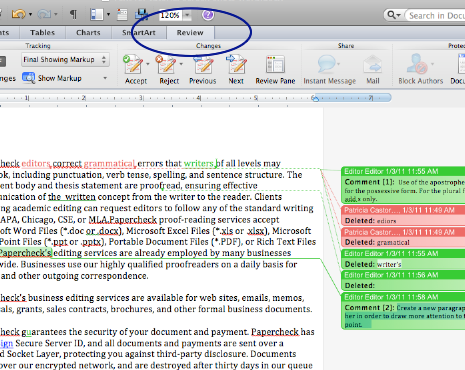

If Word displays a macro selecting dialog box, select the macro and click Run.Īfter you run the macro, Microsoft Word will display a text with no links, as below: Click the GREEN RUN ARROW on the toolbar, or press F5 key, or select Run > Run Sub/User Form from the menu to run the subprocedure.

(4) Type the following subprocedure code in your Code Pane: (3) Insert a new module by selecting Insert > Module from the menu. (2) Press ALT + F11 to display the VBA editing screen. That will get rid of all hyperlinks in th document BUT it will get rid of all the linked FIELDS as well!īy writing a little VBA code, you can create a simple macro that would delete only the hyperlinks in the document. You can of course select the whole text and then press CTRL + SHIFT + F9. You can also get rid of a hyperlink by placing your cursor anywhere on the link and then pressing CTRL + SHIFT + F9.īut what if you have hundreds or thousands of hyperlinks in a Word document, spread out over hundreds or thousands of pages? Recode a part authentification process for Magento 2 backoffice to allow that, probably introducing security troubles.You can delete a hyperlink in a MS Word document by right-clicking on the link and, from the pop-up menu, select Remove Hyperlink.Force the application to use a different user agent.Options can be following, but they are far away from the original question : So, this "error" seems to be normal at a magento 2 point of view. This worked in M1, because session/identification for the backoffice used cookies or something accessible by every user agent on the local computer. And this leads to a redirect on the dashboard admin url. Mozilla/5.0 (Windows NT 6.1 Win64 圆4 rv:70.0)Īfter the 302, magento redirect, but now the loggedin browser takes the hand (default system browser). In fact, following the example, theses are the ones loggedin : That will of course generate a 302 on apache side, because the calling agents are not loggedin, in backoffice of Magento 2. Linux/libre office will generate an user agent like

It appears that the first call (GET) to reach the target URL is done by the system or the application.


 0 kommentar(er)
0 kommentar(er)
